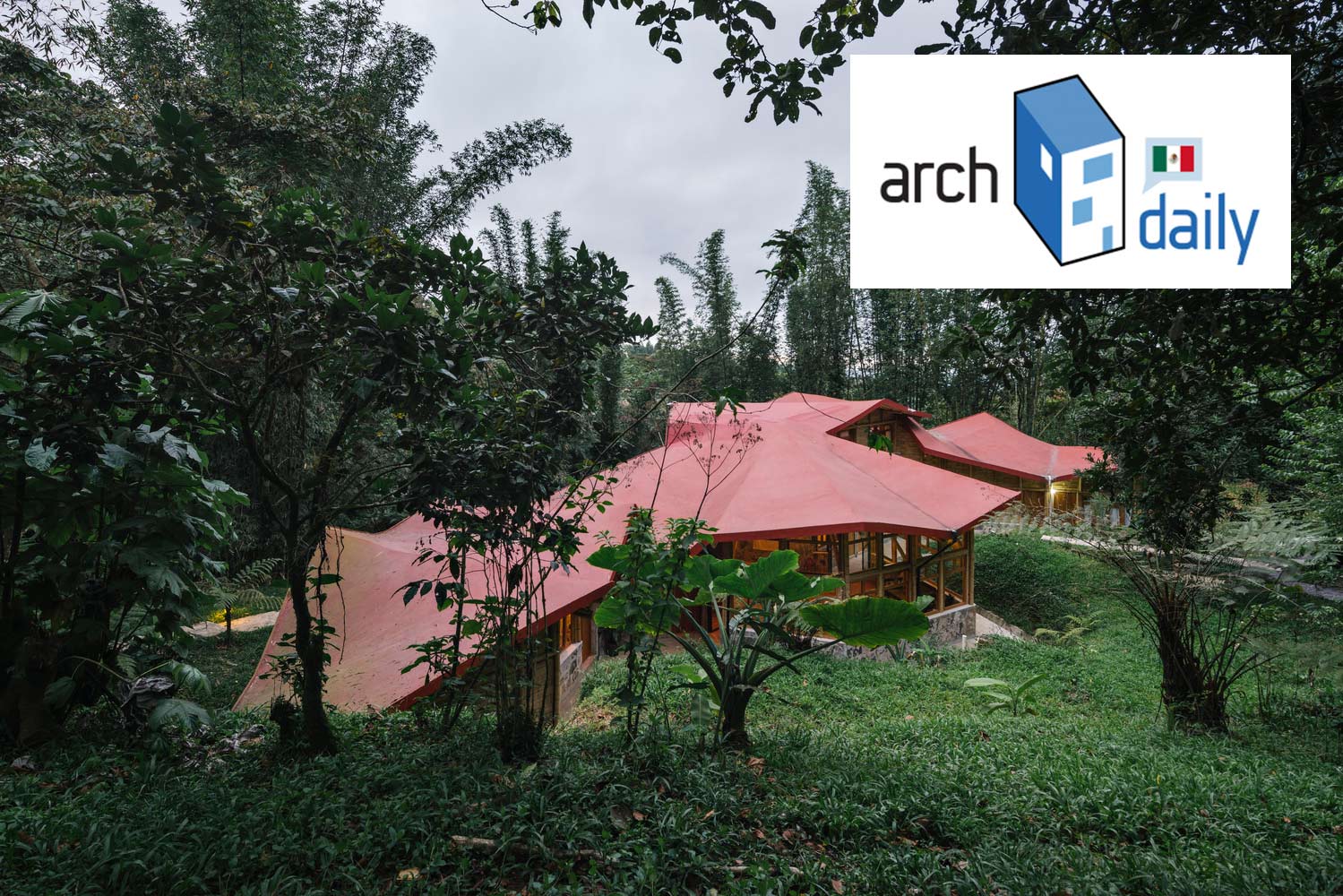

In a world marked by the climate crisis, the search for sustainable solutions becomes increasingly urgent. Architecture, as a fundamental sector in the construction of the human environment, plays a crucial role in the quest for a greener and more resilient future. In this context, vernacular solutions, rooted in local traditions and ancestral wisdom, emerge as a powerful response to contemporary challenges.
Benefits of Vernacular Solutions
Vernacular solutions, developed over generations, offer a number of advantages that make them a viable alternative to conventional construction practices:
- Carbon Footprint Reduction: The use of traditional materials such as earth, wood, and stone, with a much lower environmental impact than industrialized materials, contributes to significantly reducing carbon emissions associated with construction.
- Energy Efficiency: Vernacular techniques leverage natural resources to achieve better insulation and ventilation, thereby reducing the energy consumption of homes. The strategic orientation of buildings, the use of insulating materials, and the integration of elements such as interior patios and wind towers optimize airflow and interior temperature.
- Thermal Comfort: Vernacular strategies passively regulate interior temperature, avoiding the high energy costs of modern air conditioning systems. Bioclimatic construction, which adapts to local climatic conditions, creates a comfortable and healthy indoor environment.
- Disaster Resistance: Local materials such as adobe and wood, along with proven construction techniques, have proven to be more resilient to extreme weather events. Traditional construction, with its focus on flexibility and adaptability, offers greater resistance to earthquakes, floods, and other natural events.
- Long-Term Sustainability: Reusing materials and integrating with the natural environment makes vernacular solutions more sustainable over time. Traditional construction, with its focus on durability and repair, reduces waste and promotes circularity in construction.






Images created with AI by Cafeína Design for this blog
Examples of Vernacular Solutions
Vernacular solutions are adapted to the specific climatic and geographical conditions of each region. Some examples of traditional techniques that have been used successfully throughout history include:
- Hot and Arid Climates: Interior courtyards, wind towers, adobe walls. These elements allow for natural ventilation and temperature regulation, creating a cool and pleasant environment in hot climates.
- Cold and Mountainous Climates: Insulating materials such as thatch and stone, strategically oriented homes. Building with insulating materials and orienting homes south allows for maximum solar energy utilization and heat retention in cold climates.
- Humid Tropical Climates: Steep eaves, rainwater harvesting systems. Steep eaves protect homes from rain and intense sun, while rainwater harvesting systems allow for the utilization of this vital resource in humid climates.
- Urban Microclimates: Ventilated courtyards and corridors improve air quality and reduce the heat island effect. The integration of green spaces and natural ventilation in cities helps mitigate the heat island effect and improve the quality of life for residents.
- Sustainable Infrastructure: Rainwater harvesting and wastewater treatment systems. The implementation of water management systems, such as rainwater harvesting and wastewater treatment, contributes to urban sustainability and resilience.








Images created with AI by Cafeína Design for this blog
Integration with Contemporary Architecture
Vernacular architecture is not a concept of the past. Its integration with contemporary architecture offers a path toward a more sustainable and harmonious future. Adapting traditional techniques to current needs, combining ancestral wisdom with modern technology, allows for the creation of innovative and efficient architectural projects.
Revitalization of Traditional Knowledge
The revitalization of traditional knowledge is essential for building a sustainable future. The recovery and transmission of vernacular knowledge that has been lost over time is crucial for innovation and the adaptation of traditional techniques to current needs. Research, documentation, and education in vernacular architecture are essential tools for the preservation and revitalization of this cultural heritage.


Images created with AI by Cafeína Design for this blog
Challenges and Opportunities
The implementation of vernacular solutions in contemporary architecture presents challenges and opportunities:
- Challenges:
Lack of awareness and acceptance of vernacular solutions in the construction sector.
Difficulties in standardizing codes and regulations that allow for the implementation of these techniques. - Opportunities:
Growing interest in sustainability and bioclimatic architecture.
Development of new technologies that can complement vernacular techniques.
Possibility of creating a market for traditional materials and eco-friendly products.
Conclusions
Vernacular solutions, with their deep understanding of the environment and proven effectiveness, offer enormous potential to address current climate challenges. Their integration into contemporary architecture and urban planning can lead to a more sustainable, resilient, and aesthetically harmonious future. The revitalization of traditional knowledge, research, innovation, and collaboration between different stakeholders are key to building a greener and more livable future.
Vernacular architecture reminds us of the importance of connection with the natural environment, ancestral wisdom, and the construction of a more sustainable future. The integration of vernacular solutions into contemporary architecture is a path toward a more resilient, efficient, and harmonious future. Building a more sustainable future depends on the willingness to learn from the past, innovate in the present, and build a greener future for future generations.






